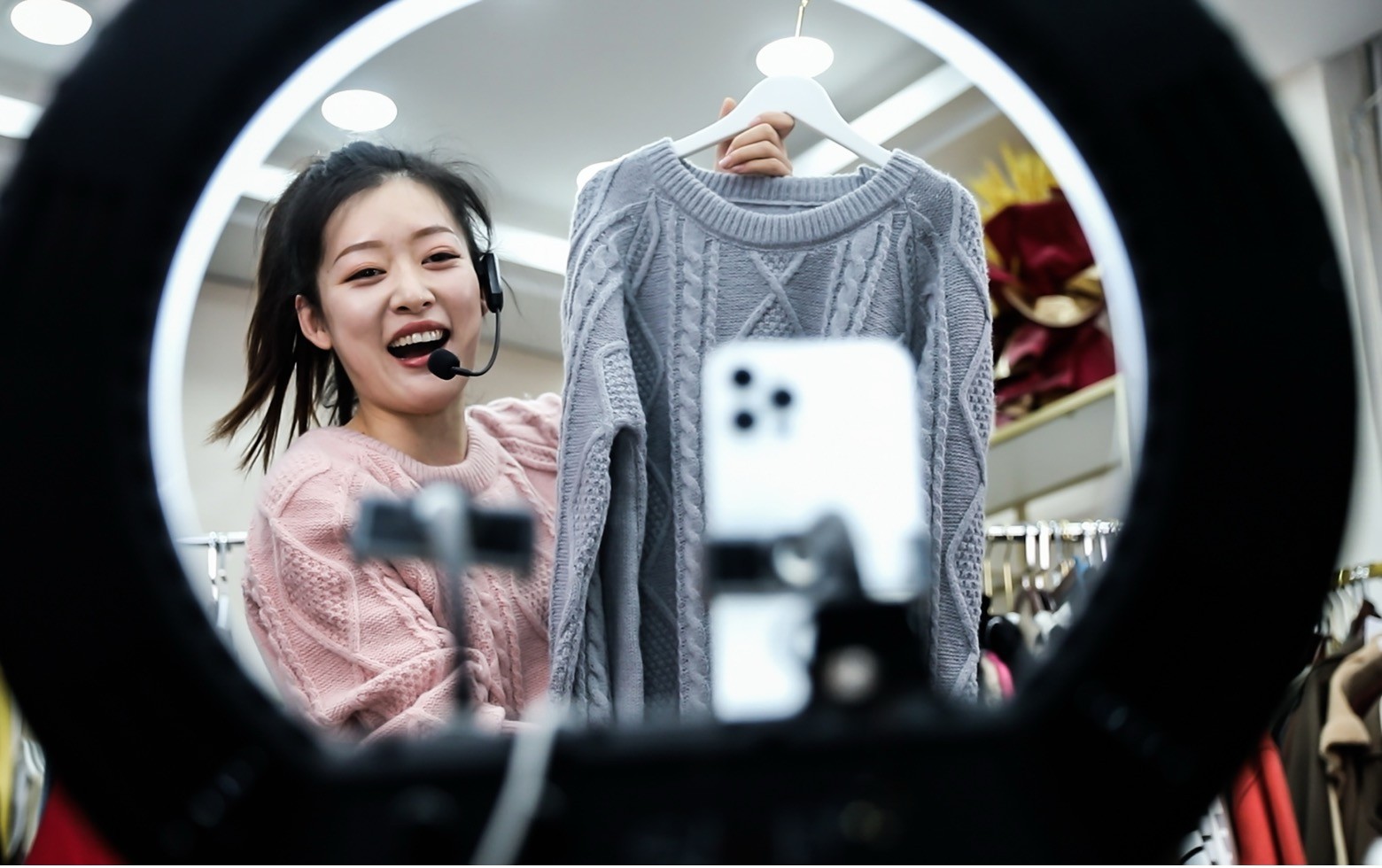How a $1.6B German Brand Lost China, and Why It Won’t Be the Last
After more than three decades in China, German lingerie giant Triumph is quietly packing its bags. Once the aspirational destination for a generation of Chinese women buying their first structured bras, the brand is now closing all mainland physical stores by December 31, 2025. The exit feels less like a business decision and more like a cultural turning point.
It marks the end of an era. Not just for Triumph, but for an entire model of international brands that once assumed China would always want what they had already perfected.
How Triumph Helped Build China’s Lingerie Market
Founded in 1886, Triumph became one of the world's largest intimate apparel manufacturers with $1.6 billion in annual sales. It entered China’s supply chain as early as 1979, built production bases in Yancheng and Hainan in the early 90s, and eventually positioned itself at the center of China’s nascent lingerie market.
Between 2001 and 2002, Triumph staged a three-month “Dream Night” fashion tour across 30 cities, performing nearly 200 shows that helped popularize underwire bras. For many Chinese women, Triumph wasn’t just a product. It was their initiation into Western-style structured lingerie.
But consumer culture evolves. And Triumph didn’t evolve with it.
China Stopped Wanting Structure. It Started Wanting Comfort.
As health awareness deepened and women's lifestyles changed, buying bras became less about shaping the body and more about respecting it. The padded-and-pushed-up aesthetic gave way to cordless, breathable, barely-there comfort.
The numbers say everything.
Wire-free bras now make up 68% of China’s lingerie market in 2024, a 42-point jump since 2018.
Triumph tried to catch up, but it was too late. In consumers’ minds, the brand was permanently tied to structured underwear. Meanwhile, local disruptors like Ubras and NEIWAI built billion-yuan businesses on comfort, softness—and a distinctly Chinese understanding of wellness, lifestyle, and body inclusivity.
Triumph’s share slipped from 5.2% in 2015 to under 1% in 2024.
The Rise of China’s Homegrown Champions
Today, China's lingerie market is worth 223.7 billion yuan, growing 8.3% year-on-year. But increasingly, that growth is not going to global brands.
New players have taken over by designing for Asian body types, engineering lifestyle-first products, mastering content-driven e-commerce, and owning the narrative of modern womanhood in China.
Ubras surpassed 2 billion yuan in annual sales within five years
NEIWAI built a community-first brand with emotional storytelling and body inclusivity
Aimer and Maniform now control nearly 30% of the mid-to-high-end market through omnichannel strategies
Online-first brands now generate over 70% of sales via digital channels
Local brands didn’t just compete with Triumph. They made it irrelevant.
Why International Brands Are Losing Ground
The challenges weren’t just about product. They were systemic.
Foreign brands fell behind on:
• Digital-native retail
• Localized design and body fit
• Price-value alignment (Triumph’s prices averaged 30% higher than local brands)
• Market speed and agility
The result? They looked premium but felt outdated.
Victoria's Secret struggled. Wacoal is shifting strategy. Triumph is leaving.
The Lesson: A Brand Can Lose China. Even If it Built China’s Market.
Triumph helped introduce modern lingerie to the country. But when China changed what it wanted, Triumph kept selling what it had always sold.
And in today’s China, if a brand is slow to listen, slow to adapt, or slow to localize, it will discover something very sobering.
It’s not just that consumers move on. It’s that they don’t wait for you to catch up.
Four Hard Lessons for Global Brands
Speed matters, but sensing matters more
Consumer preference shifts happen fast, anticipation beats reaction.Digital is not a channel. In China, it is your business model
If e-commerce is an afterthought, you're already losing.Price must reflect value, not old positioning
Premium must be proven, not assumed.Localization is not adaptation. It is co-creation
Body types. Culture. Emotion. Everyday life. Localization requires co-designing with the market—not translating for it.
Triumph’s departure doesn’t just close a chapter. It opens a warning.
In China’s new consumer reality, heritage offers respect. But relevance wins loyalty.


